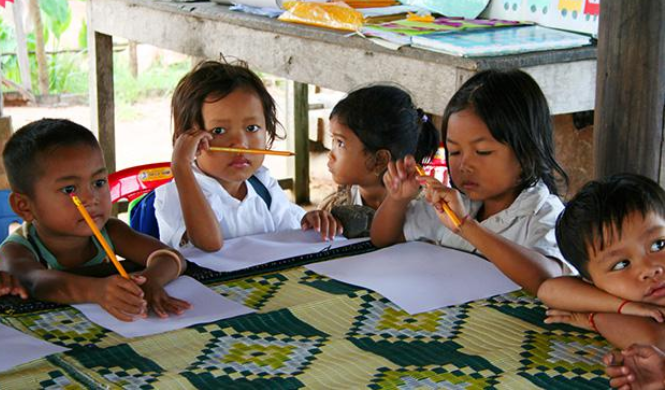PRIOR to COVID-19, the world was already facing a learning crisis. Most countries were struggling to achieve the education targets of the 2030 Agenda (The Sustainable Development Goals [SGD] Goal 4) – to ensure that by 2030, all children complete free, equitable and quality primary and secondary education leading to relevant and effective learning outcomes.
According to data from UNESCO Institute for Statistics (UIS), an estimated 617 million children and adolescents of primary and lower secondary school age children– or more than 55% of the global tally – lacked minimum proficiency in reading and mathematics in 2015.
What is surprising is that about two thirds of them attended school but did not become proficient, either because they did not learn basic skills or were in school but dropped out.
Of the 387 million primary aged children unable to read proficiently, 262 million are in a classroom. Meanwhile, about 137 million adolescents of lower secondary age are unable to meet minimum proficiency levels in reading.
Back in 2019, the World Bank estimated that 53% of children finishing primary school in low- and middle-income countries – or as many as 80% in some low-income countries – were still unable to read and understand a simple text.
Skills development is a critical part in preparing children for work in the future, even for jobs which do not exist yet. This is as most in-demand occupations or specialties today, which did not exist five years ago.
A study by World Economic Forum back in 2016 found that 65% of children entering primary school at that time will ultimately end up working in completely new job types in the future which is yet to exist.
Thus, a child who is illiterate or unable to perform at least simple mathematics will be incapable to compete and excel in such a rapidly evolving employment landscape and technology-driven industry in the future.
Furthermore, learning crisis is also alarming from a national economic perspective as it makes it harder for one to move out of poverty through better income opportunities. Each additional year of schooling can improve an individual’s job prospects and raise their income by 10-20%, if they gain the required skillsets, UIS said in a report.
The 11th Education for All Global Monitoring report revealed that a global learning crisis is costing Governments around the world a whopping US$129 bil a year – 10% of global spending on primary education is being lost on poor quality education which fails to ensure that every child learns.
Then, came the pandemic which exacerbated the situation. As of March 28, last year, COVID-19 caused more than 1.6 billion children and youth – close to 80% of the world’s enrolled students – to be out of school in 161 countries.
In the Asia-Pacific region, UNESCO estimated that more than 6.7 million additional students across primary to secondary education are at risk of dropping out – based on a simulation exercise covering 180 countries and territories globally – including 4.2 million students dropping out of secondary education.
Learning crisis is a silent crisis and potentially, one of the greatest threats to our future. Thus, it should not be taken lightly. – March 28, 2021
Photo credit: UNESCO









